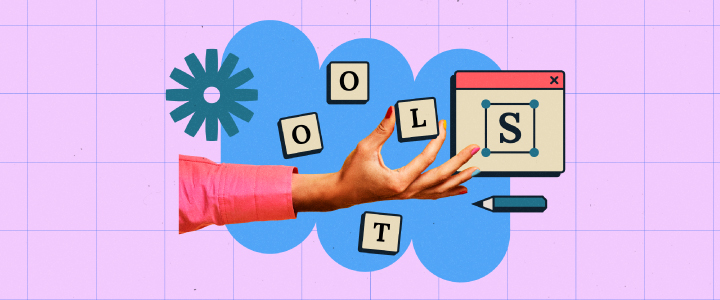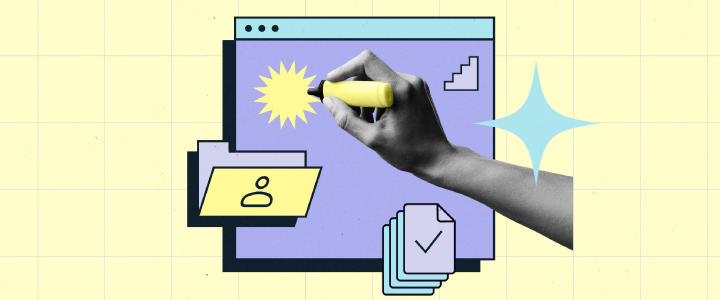
7 min reading time
How to Deliver the Best Onboarding Experience for Your Employees
From the moment a new hire joins your organization, they begin their onboarding journey. As a business welcoming them to the team, it’s your responsibility to cultivate an onboarding experience that’s smooth, straightforward, and accomplishable for employees. But how do you achieve this? By using specific features within your LMS and compiling a thoughtful onboarding pack, you can create a positive, engaging onboarding experience for every new employee. Are you facing challenges engaging learners? Check out our post on Multimodal Learning.
Download the eBook
Discover how to get more out of your onboarding. Download the eBook “Build an Employee Onboarding Program with a Learning Management System” and get straight-forward advice on how to plan, create, and deliver a successful employee onboarding strategy for your organization. 
What is the Onboarding Experience?
The onboarding experience describes how employees experience the onboarding process as a whole. As it encapsulates all aspects of onboarding, there are lots of variables that positively and negatively impact the new employee’s experience including training materials, ease of use of the training software, accessibility, support, and more.
What Makes a Great Onboarding Experience?
With a high number of variables, the employee experience needs to be a well-considered part of your onboarding program. As a business, it’s essential that you create onboarding or pre-hire training that is not only user-friendly and engaging, but also removes any barriers to success so that your new hires have the most enjoyable experience possible. If it’s poorly designed or planned, you run the risk of inhibiting the learning. So, what makes the best onboarding experience? In truth, it’s a combination of having engaging content and an LMS that has the features needed to effectively motivate new hires throughout their onboarding journey.
1. Ensure Accessibility
Step one to constructing a positive onboarding experience is ensuring accessibility. One of the biggest enemies of onboarding training (or any training for that matter) is difficulty in accessing courses. If your new hires find it arduous to locate their onboarding materials, they’re going to give up before they’ve even started. You’ll also end up having to field questions about how they can find the information they need, and that’s exactly the situation you want to avoid.
Onboarding needs to be friction-free. It needs to be instantly and easily accessible so there are zero barriers to training, and in turn, your employees’ success. Luckily, a great LMS should offer exactly what you need to make onboarding training effortless to access. First, let’s consider the point of entry to your LMS. For onboarding, or any employee training, Single Sign-On (SSO) is a simple and reliable solution. With SSO, your employee has a single set of credentials, like an email address and password, and with these credentials they can access multiple applications. There are no multiple passwords to remember, or usernames to keep track of. There’s just one login for many systems.
Single Sign-On for your LMS can be set up with a number of tools. Commonly, it’s used with G Suite or Microsoft Azure AD. Your new hire just has to go to their list of connected apps, click the LMS button, and they’re in. Or a button can be placed on the user dashboard of your organization’s HR system, so they can just click and go. 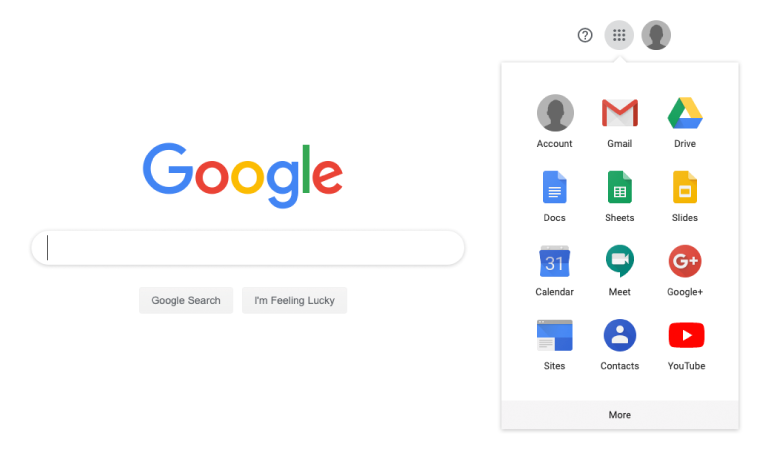 Knowing how to access the LMS is a great first move, but you also need to ensure your new employees know what training has to be done, and when. The best way to do this is through automated notifications. Within your LMS, you can set up emails that notify your hires about their training. They let your employees know that they’ve been enrolled in an onboarding course, that they have a course due date approaching, and more. Importantly, these are triggered to send when a user has a particular interaction with your LMS, and once set up, there’s no further input needed from you.
Knowing how to access the LMS is a great first move, but you also need to ensure your new employees know what training has to be done, and when. The best way to do this is through automated notifications. Within your LMS, you can set up emails that notify your hires about their training. They let your employees know that they’ve been enrolled in an onboarding course, that they have a course due date approaching, and more. Importantly, these are triggered to send when a user has a particular interaction with your LMS, and once set up, there’s no further input needed from you.
You’re just safe in the knowledge that your learner knows it’s time to access their training. Accessibility also involves providing your employees with the ability to learn when and where they want. They need to be able to do the training they need when it’s convenient for them. That’s where a mobile-friendly LMS comes in. Perfect for on-the-go learning, whether your new hire is at their desk, working off-site, or commuting, they can quickly log in to the LMS and continue their onboarding. 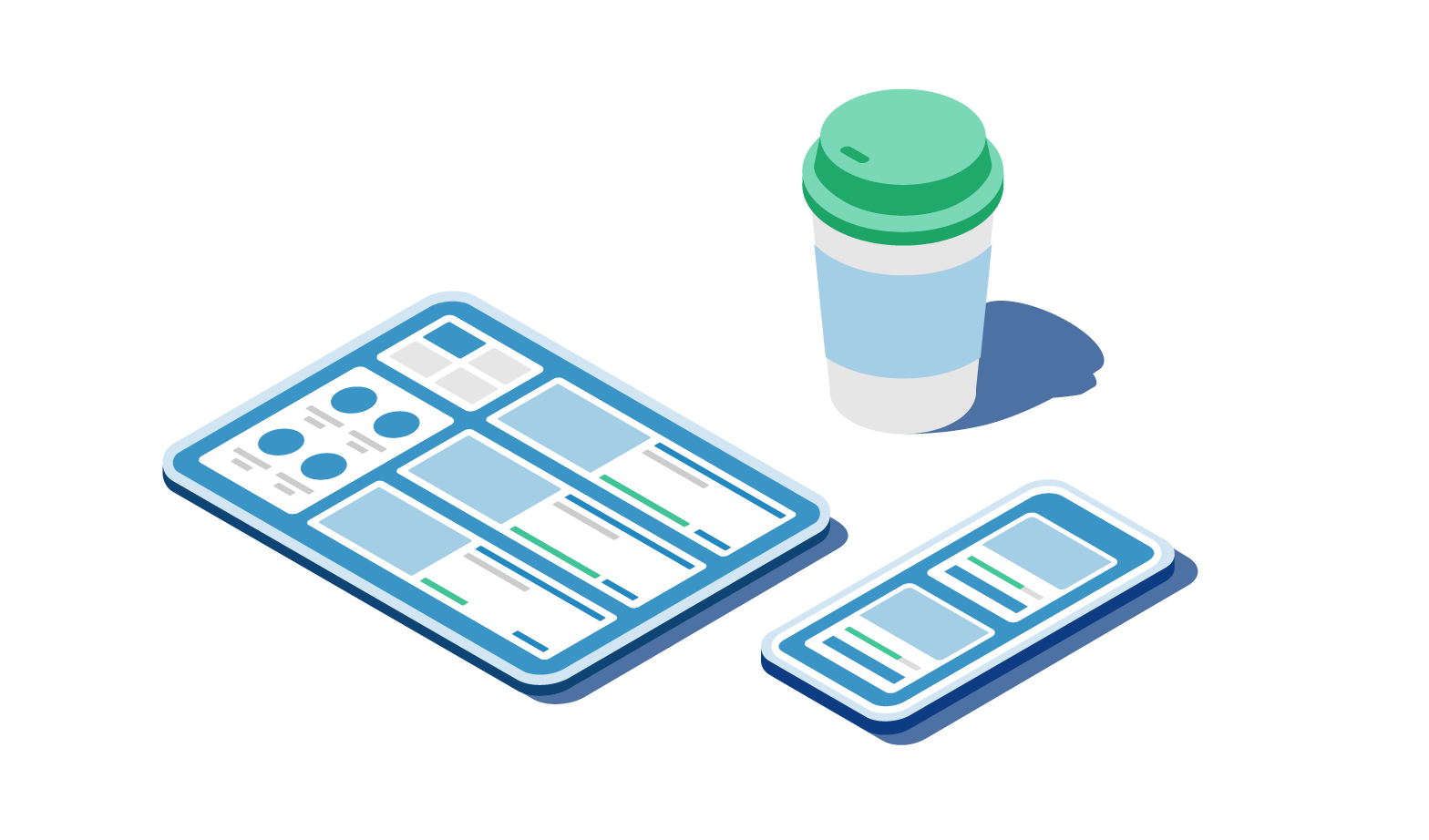 Significantly, your team has a role in guaranteeing easy accessibility to onboarding resources too. It’s your job to explain the onboarding process to your new hires and how they’ll be trained. Be it face-to-face or putting it in an onboarding pack, make sure you cover the basics of how you expect your employees to train so that they have clear instructions to follow.
Significantly, your team has a role in guaranteeing easy accessibility to onboarding resources too. It’s your job to explain the onboarding process to your new hires and how they’ll be trained. Be it face-to-face or putting it in an onboarding pack, make sure you cover the basics of how you expect your employees to train so that they have clear instructions to follow.
2. Deliver a Learner-Friendly Experience
Successful onboarding experiences don’t have to be complicated. In fact, the best onboarding happens when it’s simple. When there are no confusing processes, your learner knows exactly how to take their training and what training to take. This is why a user-friendly LMS is a top priority. Having an interface that your employees can navigate with ease and clearly see the courses they are enrolled in is key. They can easily take their onboarding training in a frustration free, simple to use environment. A learner-friendly LMS should also give you the opportunity to train in a way that best suits your new hires. Elements like a catalog filled with courses that employees can pick and choose from works perfect for self-directed onboarding.
Additionally, you can include mandatory courses, for example “Company Code of Conduct” or “Health and Safety” training. This way new hires are already enrolled. The course is right there in their dashboard, ready to be completed. Onboarding is all about nurturing your new employees step by step towards the end goal – being productive members of your organization. Typically this is done by breaking down each of the steps into timelines with due dates by which your learner is expected to complete their training.
Ideally, each time a learner completes a step, they should move on to the next one. When using your LMS for onboarding, a feature like Learning Paths can be incredibly helpful and learner-friendly. Simply put, Learning Paths allow you to group together courses. And once a learner has completed one course or a certain period of time has passed, the next course becomes available.  A learner can gradually master a specific topic over a period of time, with more courses being made available to them as they progress. For example, when a new employee logs into your LMS, they’re automatically enrolled in the first course, “Welcome to Our Company” to be completed on their first day, a time frame you’ve decided on. Once completed, they’ll be automatically enrolled in the next course which we titled “’Company Code of Conduct”, and so on.
A learner can gradually master a specific topic over a period of time, with more courses being made available to them as they progress. For example, when a new employee logs into your LMS, they’re automatically enrolled in the first course, “Welcome to Our Company” to be completed on their first day, a time frame you’ve decided on. Once completed, they’ll be automatically enrolled in the next course which we titled “’Company Code of Conduct”, and so on.
This means your learner is largely self- sufficient and they aren’t overwhelmed by a long “to be completed” list of courses. Instead, you’re guiding them along a simple to follow training path.
3. Maximize Engagement
A universal struggle when training employees is engagement. In a study we carried out, 71% of respondents said that the engagement of learners was their biggest challenge. New hire onboarding is no different. The reason? Businesses don’t focus enough on making the onboarding experience interesting and enjoyable for their learners. To overcome this issue, and develop an engaging onboarding experience, you need a two- pronged approach – dynamic course content and gamification. Creating powerful course content requires a little heavy lifting from your team. You need to design captivating courses that will involve and engage your learner. And, a good LMS will make your job easier too.
Using your LMS features you can mix different content elements to make more compelling courses. For example, taking advantage of the various content formats on offer – Word Docs, PDF’s, PowerPoint presentations, video, and audio – and sprinkling them throughout a course makes onboarding a more dynamic process. Also, adding exams, assessments, and assignments at different stages creates a further element of interactivity and engagement that motivates your new hires.  Once they’re in and taking their training, you can keep your employees motivated with Gamification. One of the most powerful engagement tools, it sets goals, demonstrates progression, and recognizes the achievements of the learner. Gamification comes in many forms – points, badges, levels, leaderboards – and at each stage of onboarding your new hire can clearly see the rewards they’ve achieved and how they’re performing. It’s a powerful motivator.
Once they’re in and taking their training, you can keep your employees motivated with Gamification. One of the most powerful engagement tools, it sets goals, demonstrates progression, and recognizes the achievements of the learner. Gamification comes in many forms – points, badges, levels, leaderboards – and at each stage of onboarding your new hire can clearly see the rewards they’ve achieved and how they’re performing. It’s a powerful motivator.
4. Enable Feedback
Onboarding should never be a one-way street. The door should always be open for your new hires to give their feedback, ask questions, and interact with their colleagues. It makes them feel more valued, enabling them to ask questions about their role . It also helps you to improve your onboarding training programs for the future. Traditionally, onboarding communication has been done face-to-face between the new hire and a manager, the HR team, and other team members. This is still a crucial part of the process, but your LMS can add another avenue to encourage communication.
The first opportunity is right after completing a course. Your employees have the ability to comment and rate the course content and their experience of it. In turn, this enables you to answer their questions. You can respond to their feedback and use this information to improve the onboarding process. 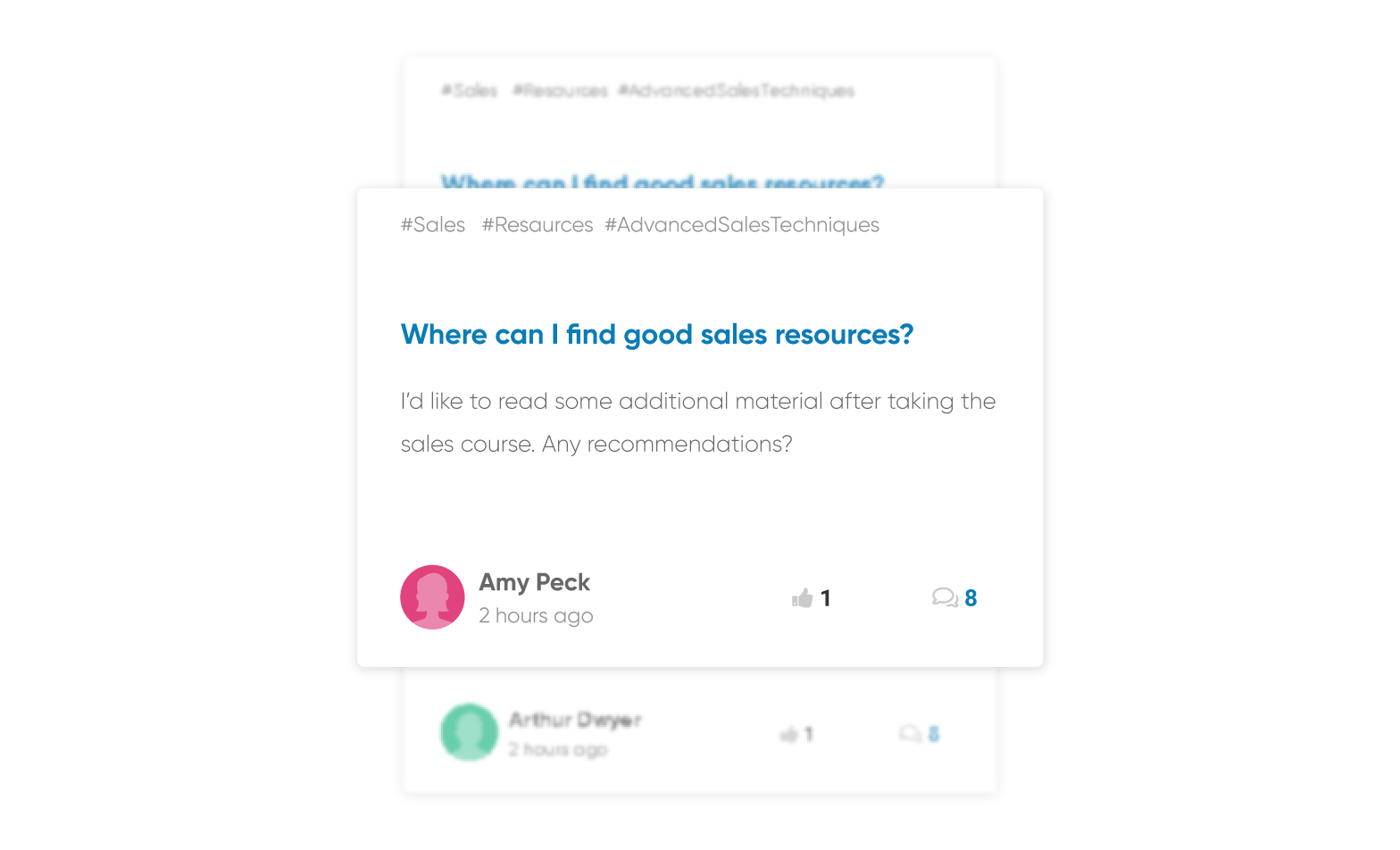 Then there is a forum. A forum within your LMS empowers employees to converse with you and others in the organization. They can request and share knowledge, get additional resources, and significantly, you can answer their questions and encourage them to engage further in their onboarding and future training.
Then there is a forum. A forum within your LMS empowers employees to converse with you and others in the organization. They can request and share knowledge, get additional resources, and significantly, you can answer their questions and encourage them to engage further in their onboarding and future training.
Creating the Best Onboarding Experience
Employee onboarding isn’t just about giving your new hire information. It’s also about using the right tools to make the process simple, engaging and enjoyable for your employees. That’s the key to onboarding success. 

